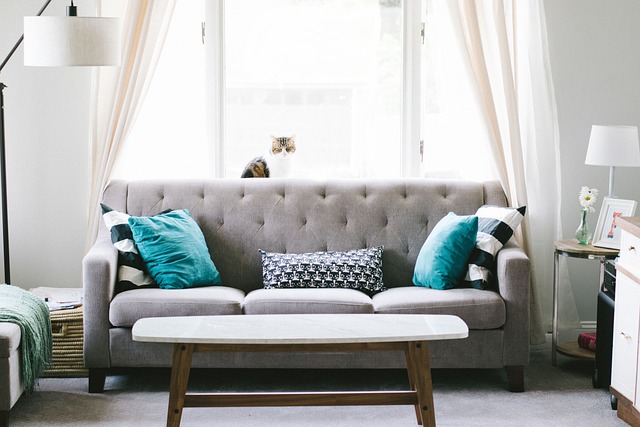Mastering Furniture Drawing: A Graphic Designer’s Guide
In the world of graphics, the art of furniture drawing holds a unique charm. It bridges the gap between creativity and functionality, allowing designers to visualize spaces that speak to comfort, style, and purpose. For graphic designers venturing into this domain, mastering furniture drawing is more than just sketching shapes—it’s about capturing the essence of design and transforming ideas into tangible visuals.
Understanding the Importance of Furniture Drawing
Furniture drawing is more than an exercise in perspective or line work; it’s a language through which stories of interior spaces unfold. Whether you’re creating conceptual layouts for clients or designing bespoke pieces, your drawings breathe life into your vision. A well-executed furniture drawing can communicate spatial relationships, material textures, and ergonomic considerations with clarity and flair.
Embracing the Designer’s Mindset
Approaching furniture drawing as a graphic designer means leveraging your strengths—composition, color theory, and attention to detail—while acquiring new skills specific to three-dimensional representation. Begin by familiarizing yourself with basic forms and proportions. Furniture often consists of simple geometric shapes stacked or combined, which provides a solid foundation for more complex renderings.
Techniques to Elevate Your Furniture Drawings
- Start with Thumbnail Sketches: Rapidly explore different ideas and layouts, focusing on the overall silhouette before delving into details.
- Master Perspective: Whether one-point or two-point perspective, understanding spatial depth is crucial. It adds realism and helps viewers grasp the furniture’s position relative to its environment.
- Experiment with Textures and Materials: Use shading, cross-hatching, or digital brushes to simulate wood grain, upholstery, and metal finishes.
- Incorporate Color Thoughtfully: Color can evoke mood and emphasize function. Consider the palette carefully to enhance the design’s appeal.
- Use Reference Images: Observing real furniture pieces or photographs grounds your drawings in reality and inspires authenticity.
Tools and Software for Furniture Drawing
While traditional pencil and paper remain invaluable, digital tools open new horizons. Software like Adobe Illustrator and Photoshop offer precision and flexibility, allowing you to iterate quickly and experiment with styles. For 3D modeling, programs such as SketchUp or Blender enable you to create detailed, navigable representations that go beyond flat drawings.
Finding Your Unique Style
As you refine your furniture drawing skills, remember that your personal touch distinguishes your work. Integrate graphic design principles—balance, contrast, rhythm—to craft drawings that are not only technically sound but also visually captivating. Furniture drawing is a journey where technical mastery meets artistic expression, making your creations resonate deeply with clients and audiences alike.




